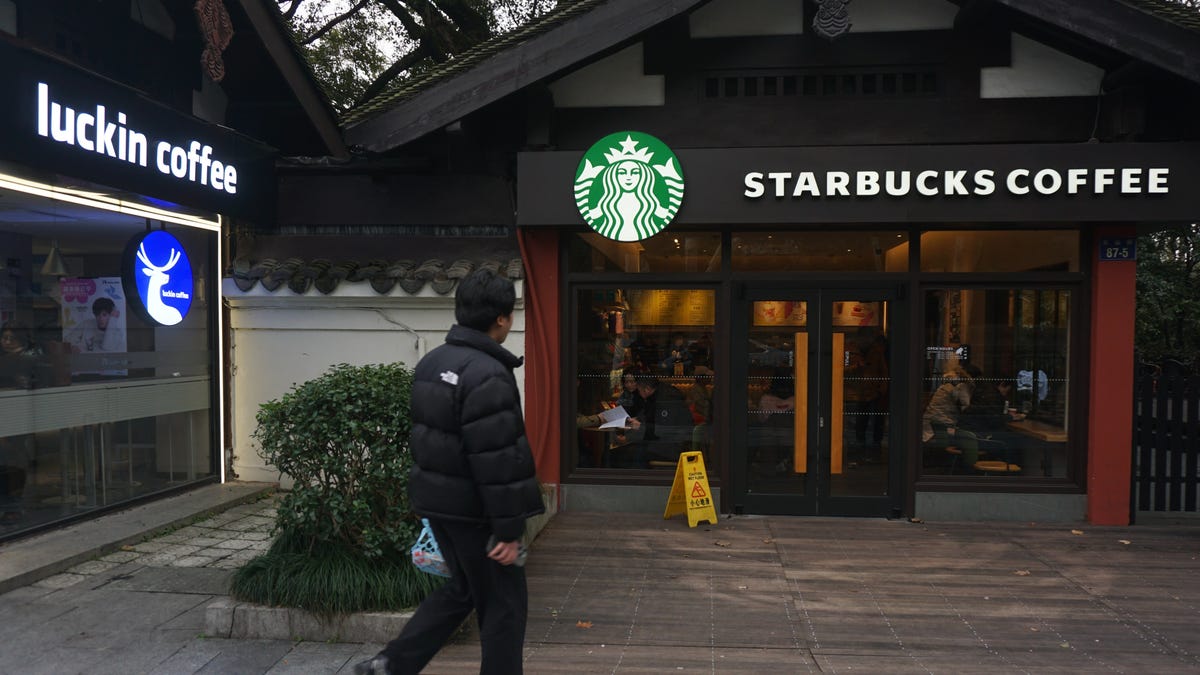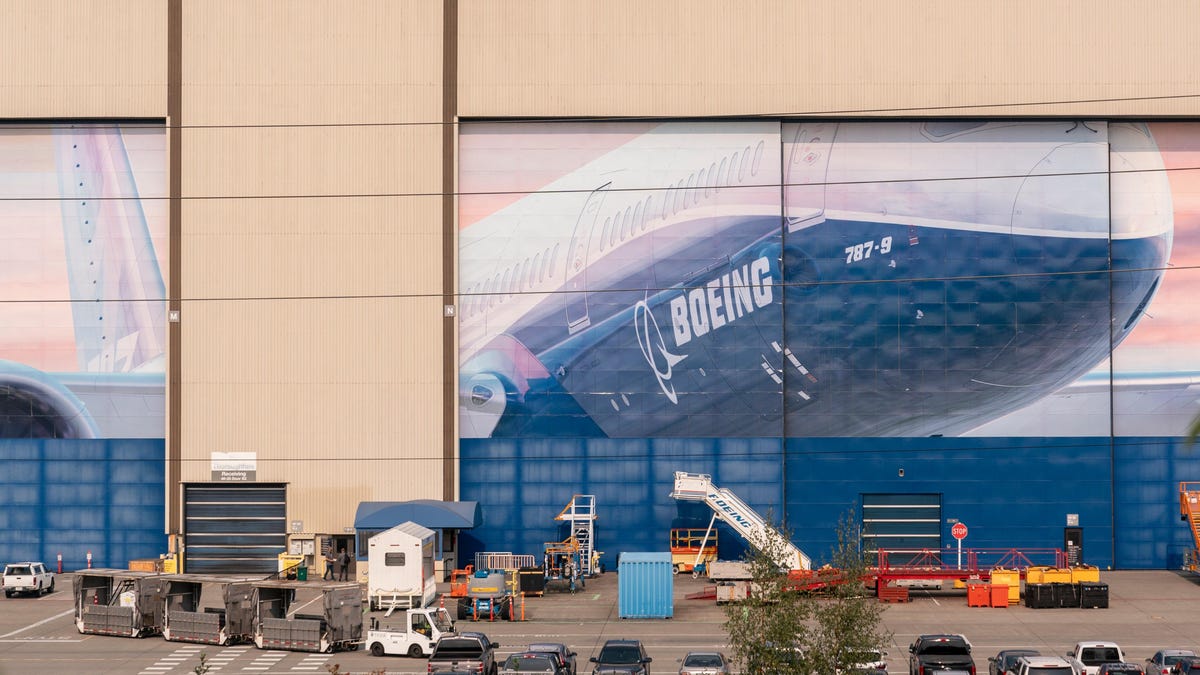Challenges Faced by Starbucks in the Global Market
Starbucks, a renowned coffee chain, made its debut on the public stock market in 1992 with just 165 cafes. Fast forward to the present day, the company is encountering significant difficulties in engaging consumers worldwide. The situation is particularly bleak in the United States, where Starbucks is struggling to meet the soaring demand. Similarly, in China, the coffee giant’s ambitious expansion endeavors are falling short.
Financial Setback and Market Response
Recently, Starbucks witnessed a dramatic decline in its stock value following the release of lower-than-projected second-quarter earnings. This downward spiral is primarily attributed to a drop in sales volumes experienced in both the U.S. and China. Consequently, the company’s shares plummeted to their lowest post-earnings level since the turn of the millennium. Such disappointing outcomes starkly contrast the strategic ‘triple shot strategy’ unveiled by Starbucks in November of the previous year.
During the earnings call on Tuesday, Starbucks’ CEO Laxman Narasimhan acknowledged the challenging landscape in which customers are becoming more discerning about their spending habits. Despite the implementation of operational efficiencies, the coffee chain struggled to attract and retain clientele, raising concerns about the effectiveness of their existing strategies.
Factors Contributing to the Decline
In the U.S., Starbucks encountered a 3% decrease in sales, a trend linked to product unavailability and extended wait times on the company’s mobile application. Customers reported instances where they placed an order but did not finalize the transaction, impacting overall revenue. Meanwhile, in China, Starbucks faced an even harsher reality with an 11% decline in sales during the recent quarter.
The competition in China’s coffee market posed a formidable challenge for Starbucks, resulting in missed targets and unmet expectations. While the company initially outlined plans to launch a new store every nine hours over a three-year period in China, these objectives have fallen behind schedule. The emergence of local competitors like Luckin Coffee, boasting over 16,000 digital-first outlets, has further complicated Starbucks’ market penetration efforts in the region.
Future Outlook and Strategic Adjustments
Looking ahead, Starbucks has revised its earnings and revenue projections for fiscal year 2024, anticipating continued underperformance across its store network. The company remains focused on navigating these turbulent market conditions, prioritizing customer retention and operational efficiency as core pillars of its revitalization efforts. The road ahead may be challenging, but Starbucks is committed to implementing strategic adjustments to regain its competitive edge in the global coffee industry.
Image/Photo credit: source url





